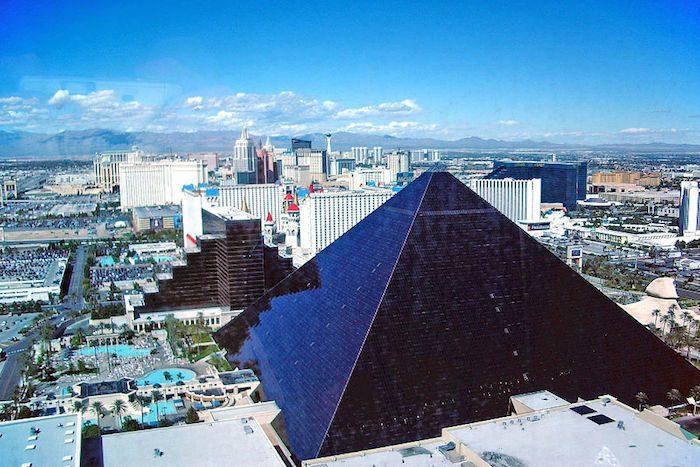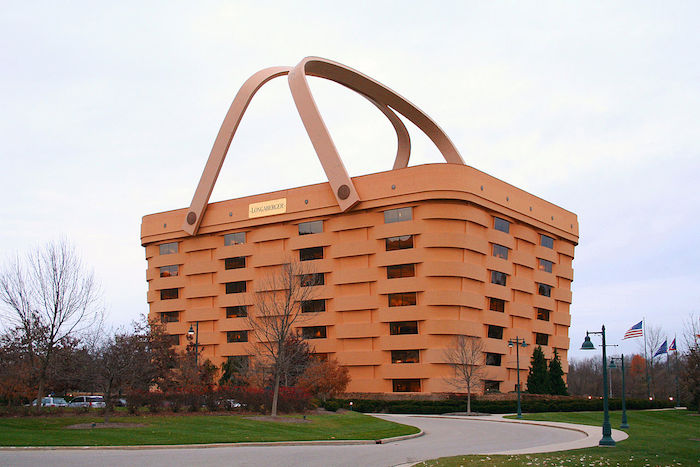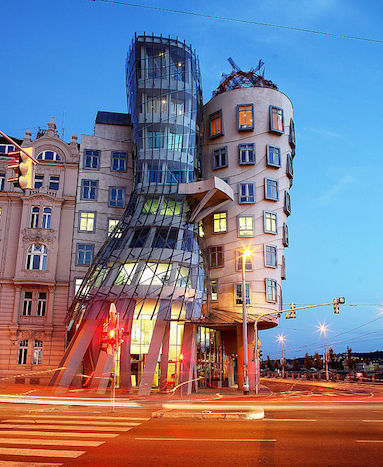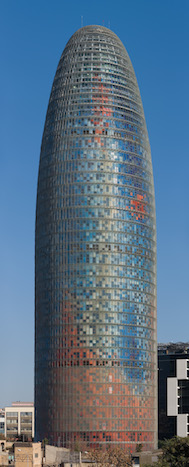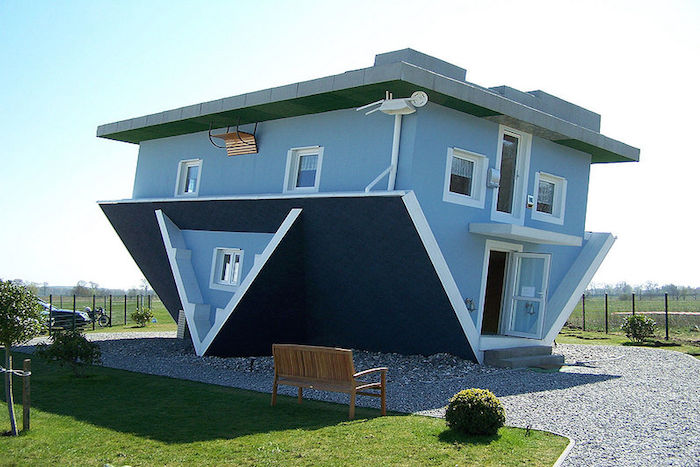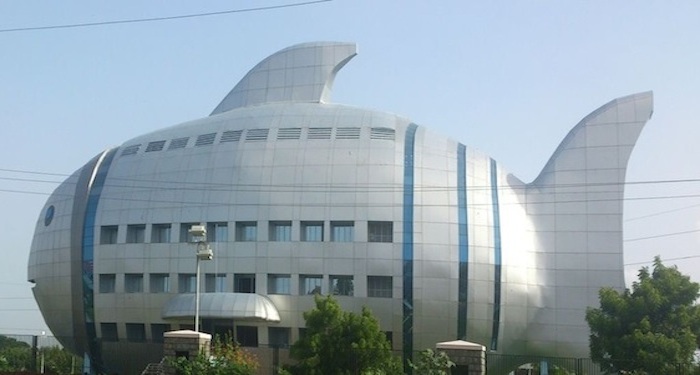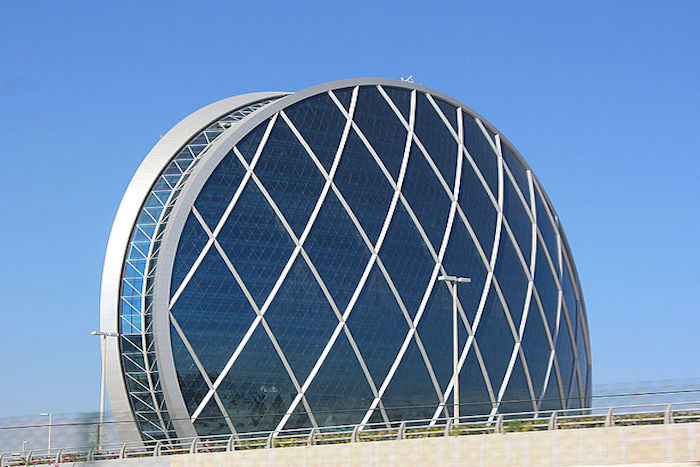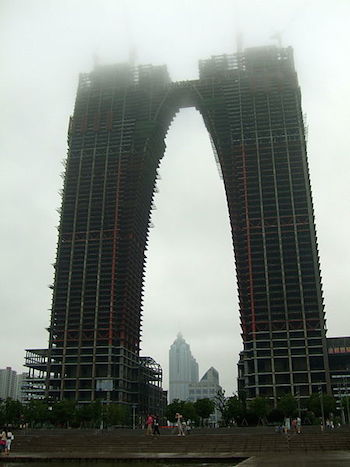If you hope to learn anything about the world, going solo is by far the best way to travel. But if you must travel with others, I recommend the dead. An incontrovertible fact is that when they travel the dead seldom:
Argue about the hour of departure.
Insist on a window seat
Pout if a restaurant is not of their choosing
Wear board shorts when visiting sacred shrines
Use a calculator app to split the check
Take selfies
Among the dead, writers are favorite traveling companions. Their words are already out there, allowing you to decide in advance if their sensibilities are compatible with your own. But their corporeal selves usually remain conveniently entombed, making them not overly concerned about such issues as who gets the room with the view.
For a ramble through France, for example, Robert Louis Stevenson makes an excellent traveling companion. His Travels With a Donkey in the Cevennes, the story of a 12-day walk through southern France in 1878, is largely about the shortcomings of traveling in company. Although in his case the company is his donkey, Modestine, who, frustratingly for Stevenson, is in no more of a hurry to reach their destination than Odysseus had been to reach Ithaca.
The irony is that despite the abuse Stevenson heaps on Modestine for not being focused enough on their goal, Travels With a Donkey contains the declaration that almost more than any other has been used to define the essence of travel:
“For my part, I travel not to go anywhere, but to go. I travel for travel’s sake. The great affair is to move.”
For journeys through the Arab World, there may be no better traveling companion than Freya Stark, although she usually went alone. A constant traveler and prolific writer, her words, even more than Stevenson’s, make you want to walk out the door:
“Surely, of all the wonders of the world, the horizon is the greatest.”
“To awaken quite alone in a strange town is one of the most pleasant sensations in the world.”
“I have no reason to go, except that I have never been, and knowledge is better than ignorance. What better reason could there be for travelling?”
To really understand Stark, though, the kind of traveler she was, the kind of journeys she would want to take you on, it is necessary only to read these few lines from The Valleys of the Assassins, published in 1936:
“. . . the country seemed to be thick with relatives of people he had killed, and this was a serious drawback to his usefulness as a guide. . .”
A guide to a far stranger land, and possibly someone you should not travel with alive or dead, would be Hunter S. Thompson, whose Fear and Loathing in Las Vegas might or might not serve as a traveling companion for a journey of your own. This one little scene should be enough to help you decide:
“There’s a big … machine in the sky, … some kind of electric snake … coming straight at us.”
“Shoot it,” said my attorney.
“Not yet,” I said. “I want to study its habits.”
If you should find yourself traveling with Thompson the most important thing to remember is:
Don’t post selfies.


